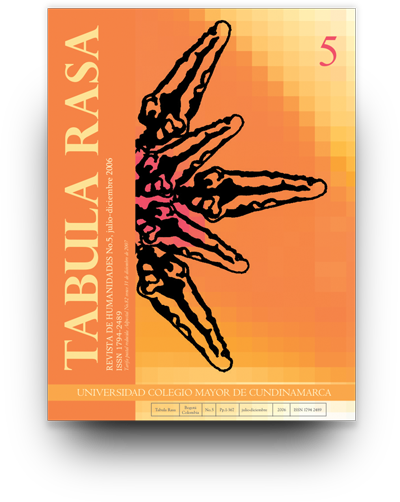Neuroscientific Theories of Learning and Their Implication in the Knowledge Construction of University Students
Teorías neurocientíficas del aprendizaje y su implicación en la construcción de conocimiento de los estudiantes universitarios
Show authors biography
This article invites readers to reflect on the different neuroscientific theories of learning: the theory of the triune brain, the whole brain, the brain as a basis for learning, right brain versus left brain, and the theory of multiple intelligences; as well as their direct implication in the process of searching and constructing knowledge for University students, as evidenced in curriculum structure, implementation of teaching and facilitation methodologies and in evaluation systems, among others.
Article visits 2323 | PDF visits 2289
Downloads
Caine, Renate Nummela and Caine, Geoffrey. 1997. Education on the Edge of Possibility. Alexandria, VA: Association for Supervision and Educational Development.
Centro de estudios e investigaciones en Educación y formación para la vida Ciencia y Tecnología Aplicadas al Desarrollo Humano seminario - taller Desarrollo de la creatividad y gimnasia cerebral. 2004. Beneficios de la gimnasia cerebral. Bogotá.
Buzan, Toni .1996. El Libro de los Mapas Mentales, Ediciones Urano, Barcelona.
Doval, l.; Santos, M.; Barreiro, J. y A. Crespo.1993. «Estilo Docentes y Discentes: consideraciones Pedagógicas a la Luz de la Nuerociencia» En Revista Española de la Pedagogía.
Año 4, Mayo-Agosto de 1993.
Gardner, Howard. 1993. Multiple Intelligences: The Theory in Practice. New York, NY.
Gardner, Howard. 1994. The Arts and Human Development. BasicBooks. New York, NY.
Gardner, Howard. 1999. The Disciplined Mind: What All Students Should Understand. Simon & Schuster. New York, NY.
Geake. J. 2002. The gifted brain.http://www.edfac.unimelb.edu.au/LED/GCE/brain. html
Hart, Leslie. 1983. Human Brain and Human Learning. Kent, WA: Books For Educators. N. Y. Longman.
Jensen, E. 1997. Introduction to Brain-Compatible Learning. Brain Store Incorporated. San Diego.
Jensen, E. 1998. Teaching with the Brain in Mind. Alexandria, VA. ASCD--Association for Supervision and Curriculum Development.
Jensen, E. 2000. Brain-Based Learning. Brain Store Incorporated. San Diego. Kandel, Schwartz y Jessell.1997. Neurociencia y Conducta. Prentice Hall, Madrid.
La Palma, Fernando. 2001. Las inteligencias múltiples. [Versión electrónica].
Lee Williams, Linda.1986. Aprender con todo el cerebro. Martínez Roca, Barcelona.
Robin, Fogarty.1999. Architects of the intellectual. Educatión Leadership. Vol. 57, No 3.
Salas Silva, Raúl. 2003. «¿La educación necesita realmente de la neurociencia?», en Estudios Pedagógicos. No. 29, p. 155-171. Valdivia.
Sperry R. y Colaboradores. 1970. Síndrome of Hemispheric Desconnection. Segundo Congreso Panamericano de Neurología, Puerto Rico.
Sousa, D. 2001. How the Special Needs Brain Learns. Thousand Oaks, CA: Corwin Press Incorporated.
Sylwester, Robert. 1995. A Celebration of Neuron’s: an educator’s guide to the human brain. Alexandria, VA: ASCD—Association for Supervision and Curriculum Development.
Wolfe, P. 2001. Brain Matters: translating research into classroom practice. Alexandria, VA: ASCD- -Association for Supervision and Curriculum Development).




